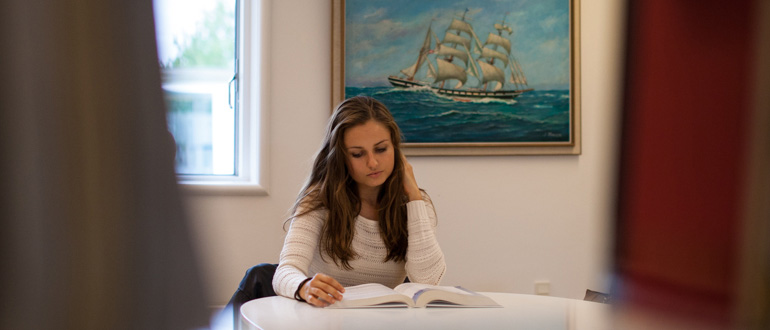All over Europe, rural areas experience difficulties in attracting and holding on to residents. In Denmark, this has made some municipalities, especially in regions with declining population, loosen restrictions on residence, and allowing otherwise permanent residences to be sold and used as second homes. In this paper we look at two particular municipalities, Vejen in central-southern Jutland (814 km2, population 43,000) and Langeland, an island south-east of Funen (291 km2, population 14,000). Vejen is currently experiencing population growth, while the situation for Langeland is the opposite, along with a higher average age.
In the international literature, second homes are described ambiguously, with examples of a number of positive and negative effects locally. A review of current research, however, shows that the second home phenomenon should be seen in a local or regional development perspective. The review also shows huge differences in the way ‘second homes’ are defined. In this work, second homes are defined as non-recreative or all-year dwellings, used only part-time. More specifically, second homes are defined as separate houses, clusters of houses or apartments, owned and used by people with registered address outside of the municipality in which the dwelling is situated. The phenomenon does thus not include campers, tents, boats or cabins. Of particular interest, on the other hand, have been small, former farms between 0.55 and 2 hectares, thought to be attractive as second homes.
In the current survey of second homes, quantitative as well as qualitative approaches have been used to assess the extent of second homes in the two municipalities. The quantitative part consists of area planning and cadastral data from a national database of property, analysed using standard GIS software. Results, following the criteria for ownership described above, show that 10% of properties in Vejen and 29% of properties in Langeland are probably second homes. Looking only to land zone (basically outside towns and larger villages), and counting former farms of relevant size, potential second homes constitute 12% in Vejen; however, only 2% of these are owned by someone with address outside the municipality. In Langeland this group of properties make up 7% of all properties in the land zone, but with 25% of these being owned by ‘outsiders’. The quantitative survey thus clearly shows that the extent of second homes is much larger in Langeland than in Vejen. This is in agreement with our expectations, given the literature’s emphasis on nature and scenery as important determining factors for second homes, along with the less central location of Langeland.
In addition, qualitative analyses were made in the form of interviews with local stakeholders in the two municipalities, including real estate agents, tradesmen and shop owners. Summing up these interviews, it appears that in Langeland, there is no negative attitude to second homes, mostly because the development is perceived as inevitable. The general opinion is that houses being used as second homes contribute positively to the standard of maintenance and thereby the visual quality of the built environment. Further, owners of second homes typically use local craftsmen and local retail, giving positive spin-off effects to the local area. Questioned directly, real estate agents make clear that they do not experience locals being pushed out of the housing market, a negative effect of second homes, described and discussed especially in England. For other social issues, the effects of second homes are harder to estimate, including the integration of second home owners in local social life and the effects on the number of pupils attending local primary schools.
